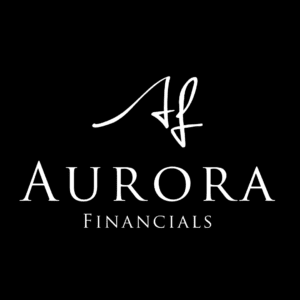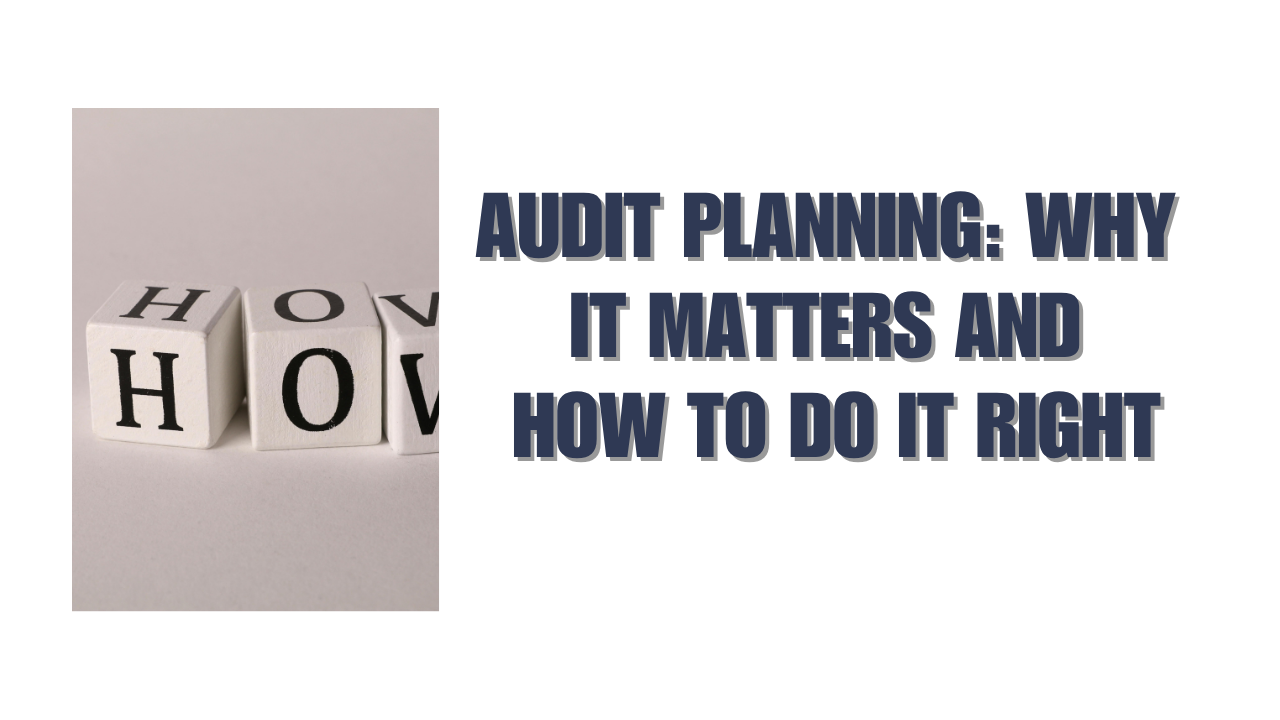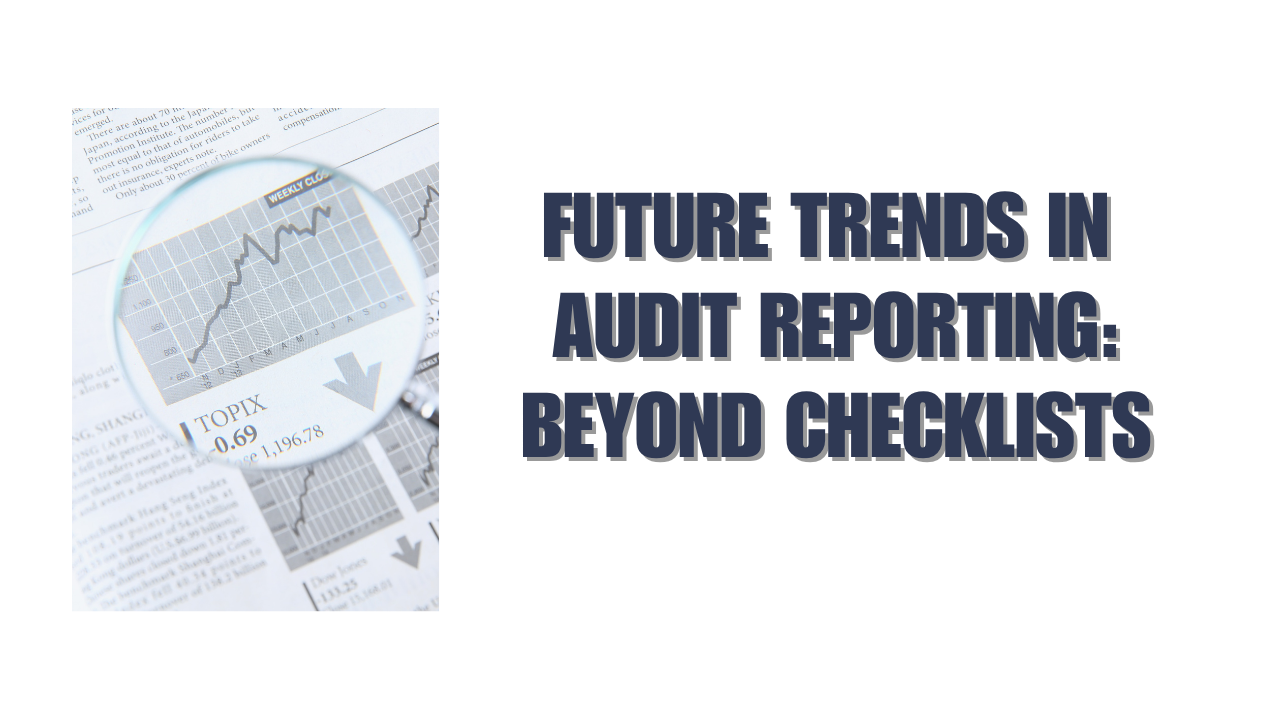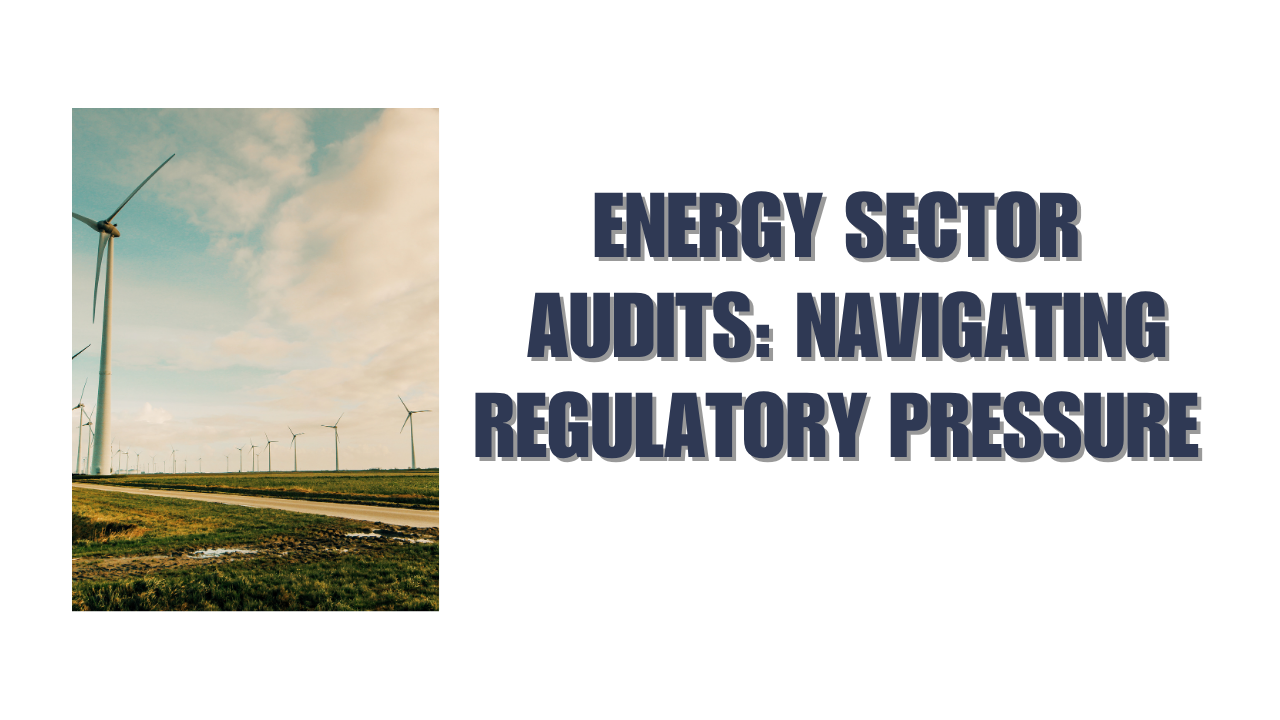In the world of auditing, professional skepticism isn’t just a technical term-it’s the backbone of audit quality. Every conclusion, recommendation, and assurance we provide rests on our ability to question, verify, and think independently. When we talk about protecting the integrity of financial reporting, professional skepticism is what separates a thorough audit from a routine checklist exercise.
Let’s explore why it matters, how it shapes audit outcomes, and what we can do to strengthen it in practice.
What Is Professional Skepticism?
Professional skepticism is the mindset of questioning and critical assessment that auditors bring to every engagement. It’s about maintaining a balanced attitude-neither cynical nor naïve-while evaluating evidence and management assertions.
The International Auditing and Assurance Standards Board (IAASB) defines it as an attitude that includes a questioning mind, being alert to conditions that may indicate possible misstatement, and a critical assessment of audit evidence.
In simpler terms, it’s our willingness to ask “why” and “how” before accepting information as true. It’s the difference between merely collecting evidence and actually understanding what that evidence means.
Why It Matters in an Audit
1. Ensuring Audit Quality
Professional skepticism is the foundation of audit quality. When auditors approach their work with genuine curiosity and professional doubt, they are more likely to identify inconsistencies, errors, or fraud.
Without skepticism, an audit risks becoming mechanical-focusing on completing checklists instead of understanding the substance of what’s happening within the business.
For instance, when management provides explanations for unusual revenue spikes, a skeptical auditor won’t just record the answer-they’ll examine supporting documents, understand the underlying transactions, and evaluate whether the rationale makes sense in the broader context of the business.
2. Detecting Fraud and Misstatements
Fraud often hides behind plausible explanations. Professional skepticism helps auditors see beyond surface-level assurances.
We’re not assuming that fraud exists, but we’re aware that it can-and sometimes does. This awareness changes how we collect and assess evidence.
A skeptical auditor might notice subtle patterns: repeated journal entries near reporting deadlines, sudden changes in accounting estimates, or related-party transactions that don’t fit usual business behavior. These signs, when explored critically, can prevent material misstatements from slipping through unnoticed.
3. Protecting Public Confidence
Every audit report contributes to public trust in financial reporting. Investors, regulators, and stakeholders rely on auditors to provide an independent, objective opinion.
Professional skepticism reinforces that independence. When auditors are seen as genuinely inquisitive and unwilling to take things at face value, the credibility of the audit process strengthens.
Without skepticism, even the perception of independence can erode. In that sense, it’s not just a technical skill-it’s a matter of professional reputation.
The Challenge: Balancing Trust and Doubt
Exercising professional skepticism isn’t about distrusting management at every turn. It’s about achieving the right balance between trust and verification.
Auditors work with management throughout the engagement, often relying on their knowledge and explanations. But if we accept those explanations without validation, we risk compromising objectivity. On the other hand, being overly suspicious can damage the working relationship and slow down the audit.
The key is to stay objective and evidence-driven-trust, but verify. It’s a disciplined approach where we keep an open mind and let the evidence guide our judgment.
How We Apply Professional Skepticism in Practice
1. Questioning Mindset
We start by asking the right questions. Why is this trend happening? What caused this change? Are these figures consistent with prior periods?
Even routine balances can hide surprises. A skeptical auditor constantly probes-not to find fault, but to understand reality.
2. Critical Evaluation of Evidence
Every piece of evidence must be reliable, relevant, and sufficient. We look beyond documents to understand the context-how the numbers were generated, who prepared them, and whether alternative explanations exist.
For example, if management provides an external confirmation for receivables, we verify the authenticity of that confirmation and ensure it truly reflects the underlying transaction. This step transforms evidence from “presented” to “validated.”
3. Awareness of Bias
Human bias can affect both auditors and clients. Confirmation bias (favoring information that supports pre-existing beliefs) is particularly dangerous.
We combat this by actively seeking contradictory evidence, considering alternative explanations, and discussing differing viewpoints within the audit team.
4. Continuous Professional Development
Professional skepticism isn’t static-it evolves with experience, training, and exposure to complex engagements. We invest in regular learning to stay sharp in areas like fraud detection, data analytics, and industry-specific risks. This helps us recognize red flags that less-trained eyes might miss.
Common Threats to Skepticism
Even the most diligent auditors face pressures that can dilute skepticism. Tight deadlines, budget constraints, or overreliance on management representations can lead to unconscious shortcuts.
Familiarity with long-term clients can also create comfort zones, making it harder to challenge assumptions.
Recognizing these pressures is the first step toward addressing them. Setting realistic timelines, encouraging open team discussions, and maintaining rotation policies help reinforce an environment where skepticism thrives.
Technology and Skepticism: Partners, Not Substitutes
Modern auditing tools-like data analytics and AI-have transformed how we examine large data sets and identify anomalies. However, technology can’t replace the human judgment behind skepticism.
Software can flag unusual trends, but only a skeptical auditor can interpret what those trends mean and decide whether further investigation is warranted.
The goal is not to rely on technology blindly but to combine digital insight with human reasoning-a blend of curiosity and critical thinking.
Cultivating a Culture of Skepticism
Within audit firms, promoting professional skepticism isn’t just an individual task-it’s a cultural priority.
Leaders set the tone by encouraging inquiry, supporting team discussions, and valuing quality over speed. Junior auditors learn from observing how senior professionals ask questions, challenge assumptions, and defend their conclusions.
By rewarding curiosity and reinforcing independence, firms can build teams that naturally think skeptically, even under pressure.
The Broader Impact
Professional skepticism strengthens not just audits, but the entire financial reporting ecosystem.
When auditors consistently challenge, verify, and substantiate, management becomes more careful in preparing information. Boards and audit committees gain deeper insights. Investors trust the numbers they see.
It creates a ripple effect-better governance, stronger accountability, and greater confidence in business transparency.
Conclusion
Professional skepticism is what keeps the audit profession anchored to its core purpose-serving the public interest with independence and integrity. It ensures that every conclusion we draw stands on a foundation of critical thought and verified evidence.
As the business world grows more complex, the role of skepticism only becomes more vital. It’s not a defensive stance-it’s a professional discipline that fuels better decisions, fairer reporting, and lasting trust.
At Aurora Financials, we see skepticism not as doubt, but as diligence in pursuit of truth-the essential habit that turns an audit into assurance.
Flowchart: How Professional Skepticism Works in an Audit
Step 1: Plan the audit with a questioning mindset
↓
Step 2: Gather and evaluate evidence critically
↓
Step 3: Identify inconsistencies or anomalies
↓
Step 4: Seek corroborative or contradictory evidence
↓
Step 5: Discuss and document professional judgments
↓
Step 6: Conclude with reasoned assurance and transparency






